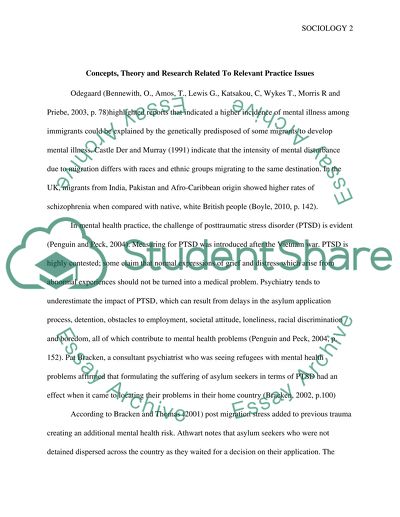Cite this document
(“Social Work and Psychiatry in Mental Health Essay”, n.d.)
Retrieved from https://studentshare.org/sociology/1460708-social-work-and-psychiatry-in-mental-health
Retrieved from https://studentshare.org/sociology/1460708-social-work-and-psychiatry-in-mental-health
(Social Work and Psychiatry in Mental Health Essay)
https://studentshare.org/sociology/1460708-social-work-and-psychiatry-in-mental-health.
https://studentshare.org/sociology/1460708-social-work-and-psychiatry-in-mental-health.
“Social Work and Psychiatry in Mental Health Essay”, n.d. https://studentshare.org/sociology/1460708-social-work-and-psychiatry-in-mental-health.


